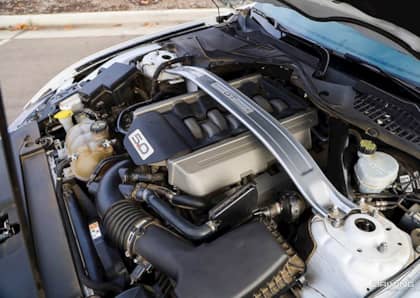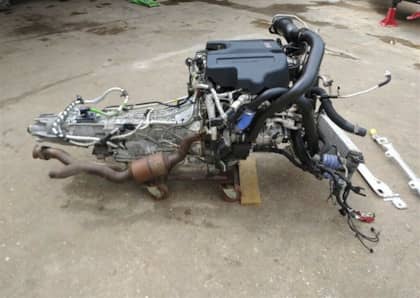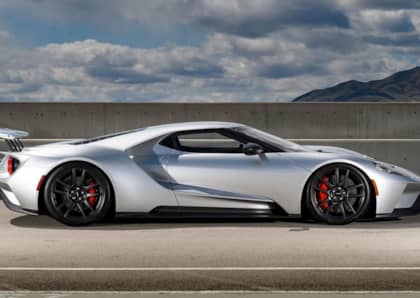The 5 Best Ford V6s Of All-Time
Ford's V8 engines have gotten the lion's share of the spotlight over the years, but the automaker has also produced a number of V6 designs that were just as important—if not necessarily as glamorous—as their eight-cylinder siblings.
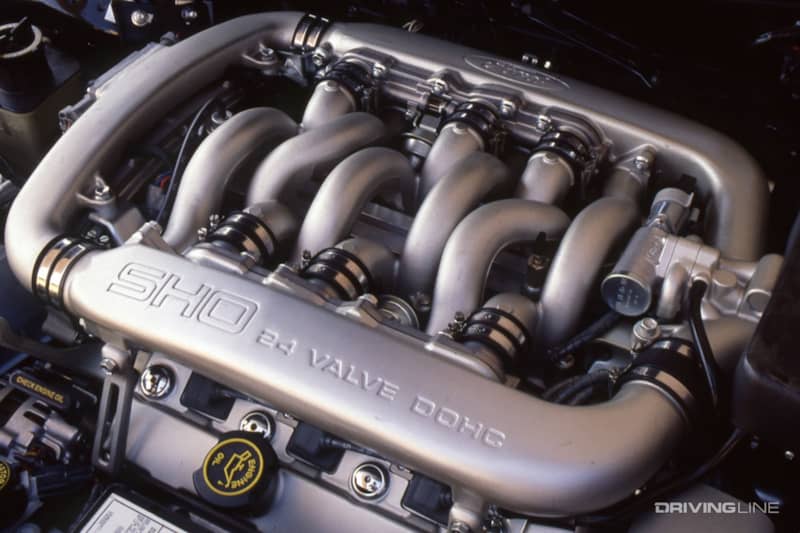
Which Ford six-cylinders deserve recognition for their service? Here are our picks for the best Ford V6s of all-time.
Supercharged 3.8L V6
The Ford Essex V6 had been around since 1982, serving time in 3.8L trim as the default motor for the brand's intermediate-sized cars like the Granada, the LTD, and the Thunderbird, before making the leap to front-wheel drive models like the Taurus and the Lincoln Continental.
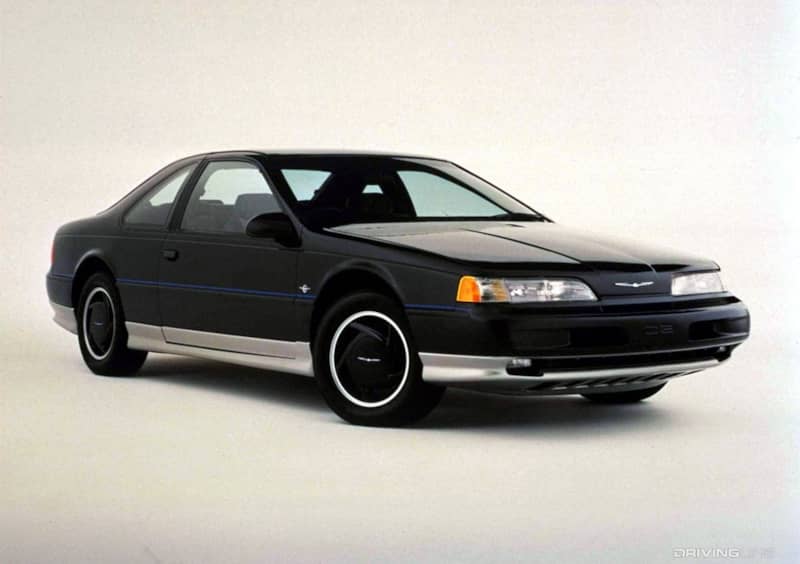
After the success of the turbocharged Turbo Coupe Thunderbirds mid-decade, Ford was looking for the next level of performance for its luxury two-door. It turned to the venerable Essex, adding an Eaton M90 supercharger that pushed 12 pounds of intercooled boost through a strengthened, lower-compression version of the motor. The effects were impressive: the Essex jumped from 140 or so horsepower all the way to 210 hp, with a hefty 315 lb-ft of torque to match (with 230 hp and 330 lb-ft of torque available by 1994).
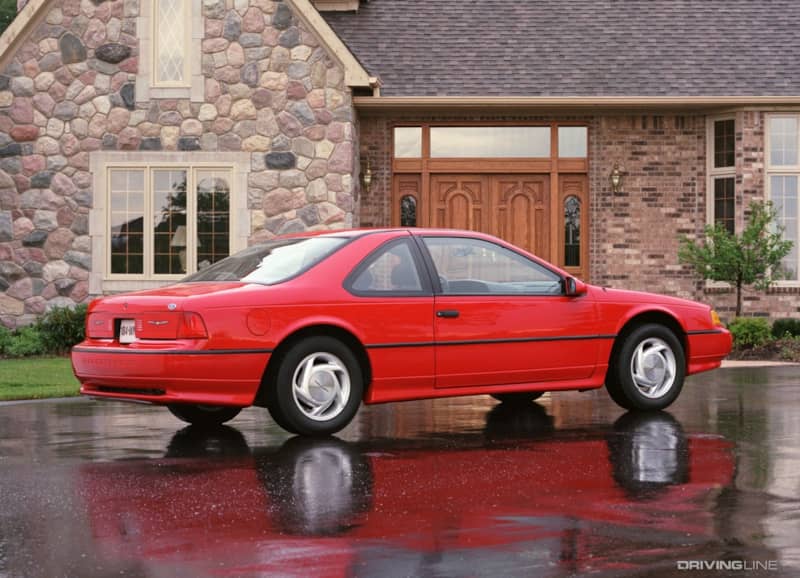
Few other Detroit-built personal coupes could match the 'Super Coupe' in terms of straight-line performance, and Ford kept the model in the Thunderbird line-up from 1989 until 1995, when the top-tier engine was replaced by the then-new 4.6L modular V8.
Ford 3.0L SHO V6
This particular Ford V6 comes with an asterisk, for while it was only available with a Blue Oval badge on the hood, the 3.0L (later 3.2L) six-cylinder engine found in the Taurus SHO was actually designed and built by Yamaha.
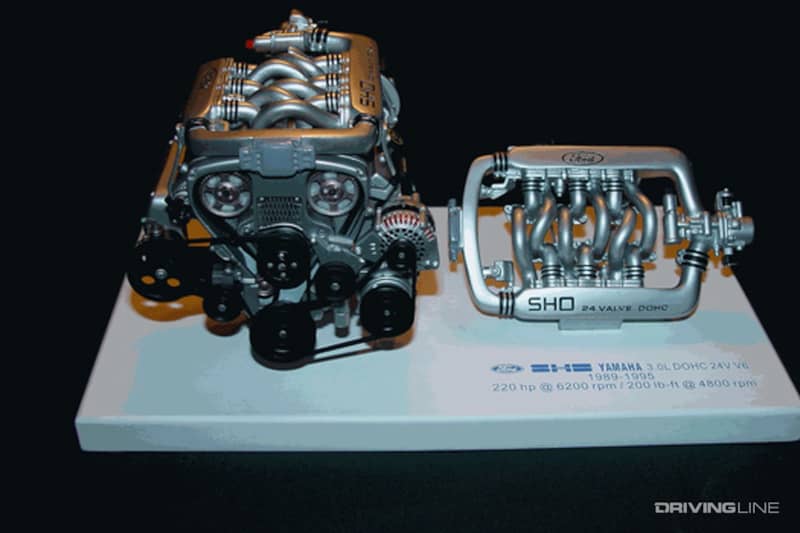
The intent was to use the motor in a variety of applications, including a potential mid-engine sports car that never materialized for the brand. The ability to package it with the strong-selling Taurus sedan, however, made the Yamaha project financially feasible. Using the common Vulcan V6 design as its base, the motor was reborn with a dramatically revised, 24-valve DOHC cylinder head (made out of aluminum), along with a revised block, a 7,000 rpm redline, and a variable-length intake manifold that still catches the eye today.
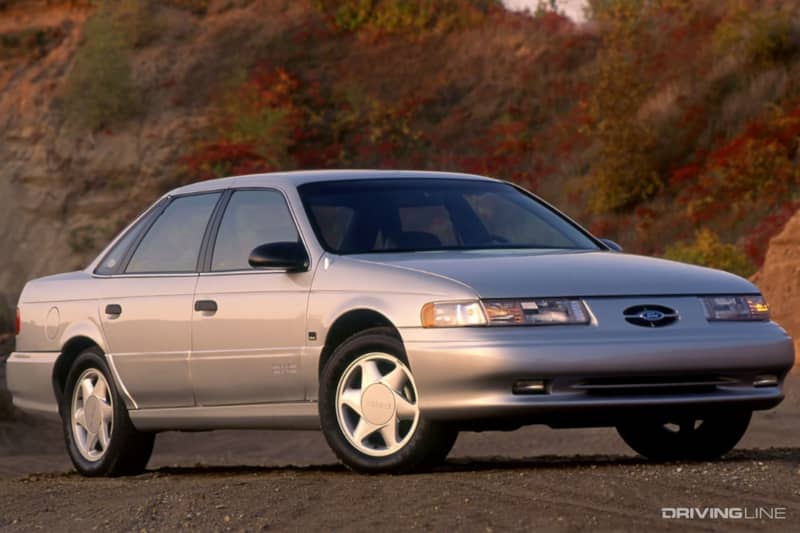
Horsepower was rated at 220, with torque checking in at 200 lb-ft. In 1993, when the engine was punched out to 3.2L, the latter figure grew to 215 lb-ft. The Taurus SHO was one of the ultimate front-wheel drive sleepers, with a top speed of more than 140 mph despite its sedate sedan packaging.
4.0L Cologne V6
The original Cologne V6 design dated all the way back to the late 1960s, where it began its career as a Euro-only power plant for a wide variety of Ford vehicles. Two decades later it had jumped across the Atlantic where it put in time with the Ford Ranger and the Ford Bronco II, and by the time the 1990s rolled around it had seen its displacement grow to 4.0L.
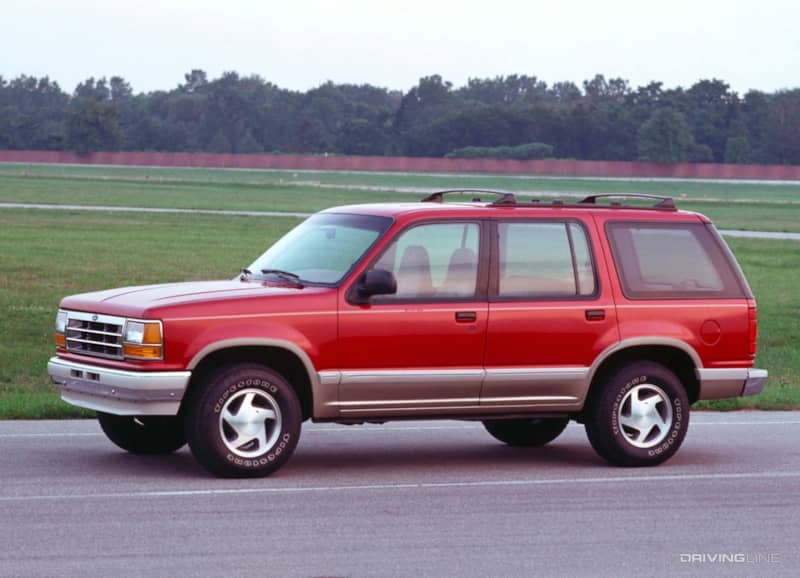
This particular iteration of the Cologne V6 became the backbone of Ford's van, small truck, and SUV drivetrain portfolio. Originally offered as a pushrod motor (good for roughly 160 hp), in later years a dual-overhead camshaft design was also introduced, bumping output to 210 hp. Although known for a timing chain issue in the earlier years of the DOHC design, this problem was eventually mitigated, with the motor finding its way into the S197 Mustang starting in 2005.
3.7L Duratec V6
Although the 4.0L Cologne was a stout engine, it wasn't exactly suited for high performance, which made its presence in the Mustang line-up something of an anchor. In 2011 it was replaced by a new design, the 3.7L Duratec V6, that focused less on low-end torque and more on high RPM horsepower.
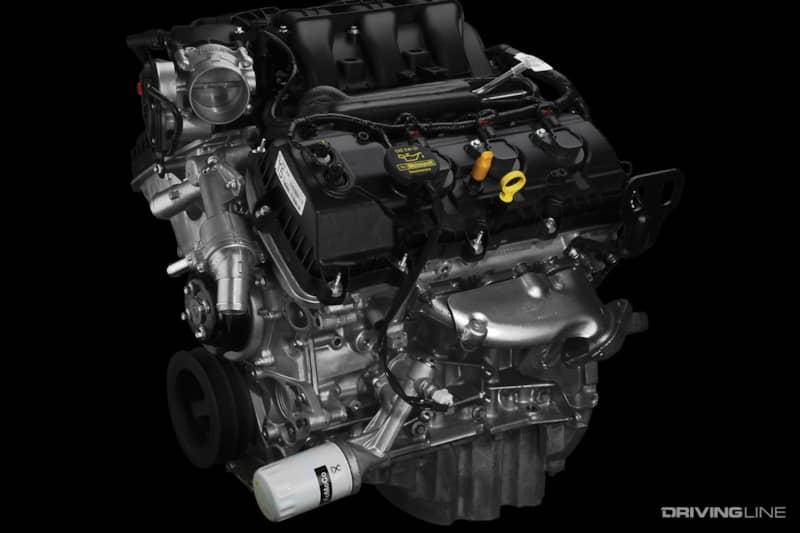
The design had no links to the '90s-era Duratec, having originally arrived as the 3.5L base motor in a number of Ford crossover and SUVs starting 2007. When it came time for Mustang duty, the 3.7L all-aluminum version of the motor was given variable-cam timing for the first time, which along with its slightly greater displacement helped it to produce 305 hp and 280 lb-ft of torque, or roughly the same power generated by the 4.6L V8 previously found in the Mustang GT.
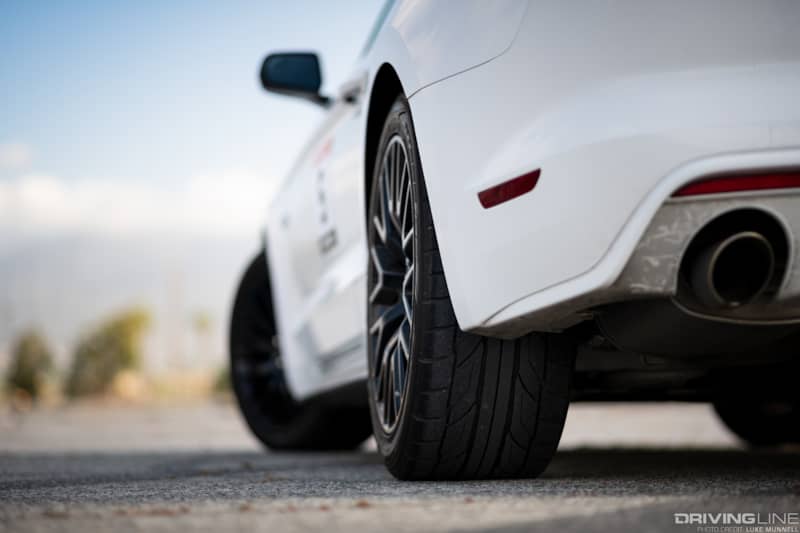
The 3.7 found acceptance outside the pony car world as well, spreading throughout the Ford and Lincoln lineups, including models like the F-150 and the reborn Lincoln Continental (albeit in slightly less mighty tune). It quickly became a modernized workhorse motor that saw nearly a decade of duty across the board for Ford.
3.5L Twin-Turbo EcoBoost V6
The Duratec family of engines also spawned perhaps the most important modern motor in Ford history: a twin-turbocharged version of the 3.5L design that was marketed as the EcoBoost.

The EcoBoost, which also boasted direct fuel injection, was a revolution for the company. Despite its modest displacement it provided V8 levels of horsepower, with first-generation engines peaking in 2011 at 365 ponies and 420 lb-ft of torque in models like the Ford F-150 and the Ford Expedition. A different, but still impressive tune was found in the Taurus, Flex, Explorer, and numerous Lincoln models.
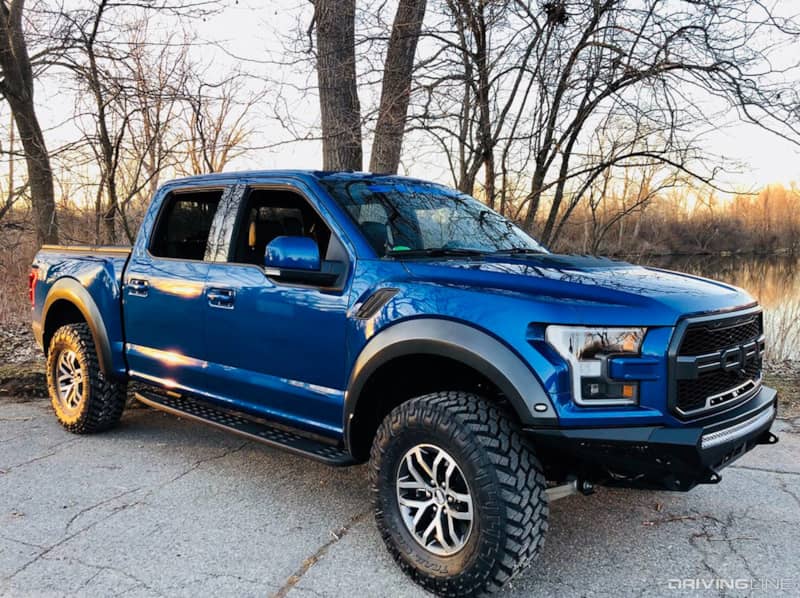
The EcoBoost V6 spawned an upgraded edition just a few years later, where it produced 660 hp in the Ford GT supercar, eventually making it to the street in the F-150 Raptor (450 hp) and Platinum (400 hp, 500 lb-ft of torque). A number of other EcoBoost motors based on the same architecture followed, transforming the brand's drivetrain direction and relegating the V8 to second place in terms of corporate pride.




